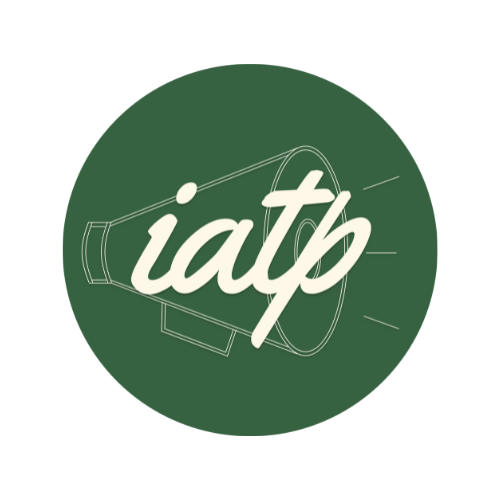Unveiling the Art of Unbiased Storytelling: A Guide for PR Professionals
In the dynamic world of Public Relations, storytelling is at the heart of what we do. But, how do we ensure our narratives are free from the clutches of confirmation bias? Let's dive into the strategies that PR professionals can employ to address confirmation bias in storytelling and foster a more inclusive and credible narrative. 🚀📖
1. Embrace Diversity in Perspectives
One key strategy in combating confirmation bias is to embrace diversity in perspectives. Seek out voices that challenge preconceived notions and ensure that your storytelling incorporates a range of experiences and opinions. Inclusivity strengthens the authenticity of your narrative. 💬🌍
2. Rigorous Research and Fact-Checking
The foundation of unbiased storytelling lies in thorough research and rigorous fact-checking. Strive for a comprehensive understanding of the subject matter, and present data transparently. This not only builds credibility but also helps in dismantling biases. 📊🔍
3. Acknowledge and Address Counterarguments
An effective way to combat confirmation bias is to acknowledge and address counterarguments within your storytelling. By demonstrating an awareness of alternative perspectives, you not only foster a more nuanced discussion but also build trust with your audience. 🤝💡
4. Understand Your Audience
Knowing your audience is paramount. Understand their demographics, beliefs, and values. Craft your storytelling in a way that resonates without reinforcing existing biases. Tailoring your message to your audience ensures a more impactful and receptive narrative. 🎯🔍
5. Utilize Third-Party Validation
Adding third-party validations, endorsements, or testimonials that are not aligned with your viewpoint enhances credibility. Including diverse external voices can act as a powerful antidote to confirmation bias, providing a more well-rounded perspective. 🌐👥
6. Strive for Balanced Narratives
In your storytelling, aim for balance. Address both positive and negative aspects, avoiding the cherry-picking of information that supports a particular bias. A comprehensive and balanced narrative contributes to a more authentic and trustworthy brand image. ⚖️📚
7. Encourage Open Dialogue
Foster a culture of open dialogue within your community. Actively encourage your audience to share their thoughts and engage in conversations around the topics you present. Creating a space for diverse opinions promotes a healthy exchange of ideas. 💬🔄
8. Continuous Monitoring and Adaptation
Stay vigilant and monitor feedback. Be willing to adapt your storytelling based on audience responses. A commitment to continuous improvement ensures that your narratives evolve with the changing landscape. 🔄🚀
As PR professionals, let's embrace the challenge of addressing confirmation bias in our storytelling. By doing so, we not only elevate our craft but also contribute to a more informed and enlightened global conversation. 🌍💼
What are your thoughts on unbiased storytelling? Share your insights and experiences in the comments below! Let's learn from each other and shape the future of PR together. 🌟💬
#PublicRelations #Storytelling #InclusiveNarratives #PRStrategies #LinkedInArticle 📰✨

